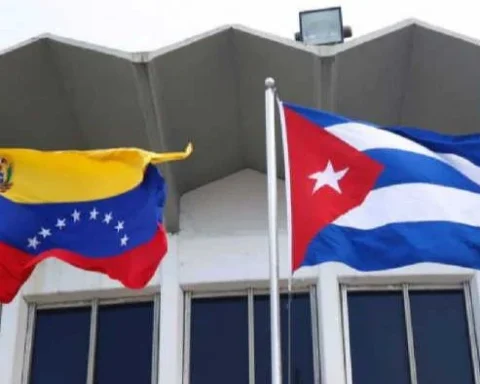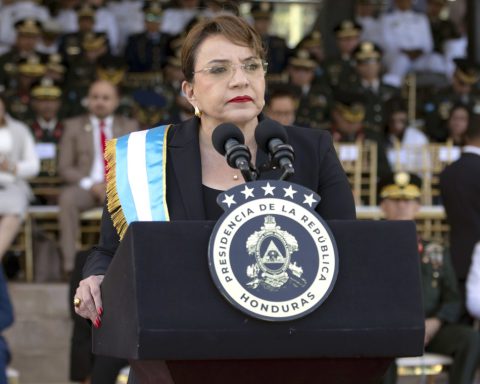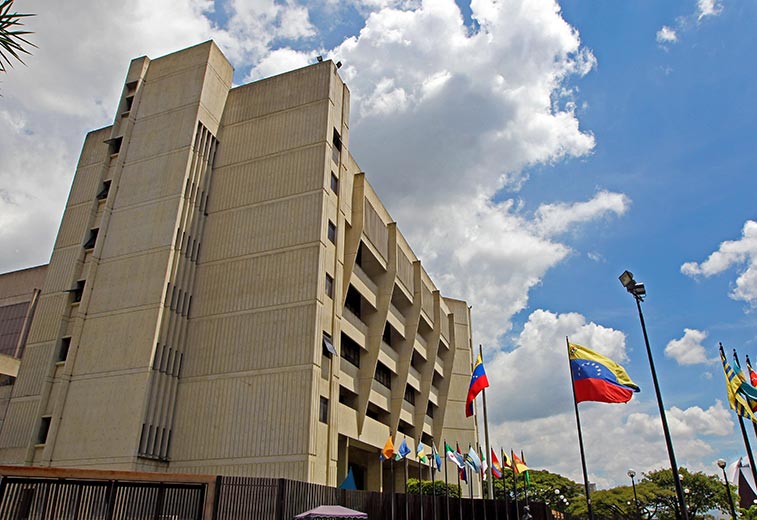HAVANA, Cuba.- In the context of the Seven Years’ War, and in response to the alliance between France and Spain, the Kingdom of Great Britain organized a powerful naval force to attack the Spanish overseas colonies, including Havana . On June 6, 1762, a squadron of 22 ships with nearly 14,000 men blocked the entrance to the bay with the intention of cornering the Spanish navy and taking the castle of El Morro, the city’s main defensive bastion.
The plan drawn up by the English would not be easy to execute. The rocky promontory on which the fortress stood made it impossible to dig the trenches, so the British forces had to engage in a siege that lasted 44 days. The authorities in Havana, surprised by the attack and outnumbered, delayed organizing the defense in the hope that reinforcements would arrive, or that yellow fever and a hurricane would decimate the enemy troops.
While the Spanish armada remained within the port, its sailors were sent to garrison El Morro and La Punta, and the entrance to the bay was closed with a chain, protected by three ships of the line. Despite all these precautions, the English landed in the area where the La Cabaña fortress is located today, and thus began the heroic resistance of the defenders of El Morro, under the command of Luis de Velasco.
A good part of the English forces were rendered useless by yellow fever, but their artillery, superior to the Spanish, did not stop hitting the parapets of the castle. There were numerous casualties on both sides. Despite having all the odds stacked against him, Luis de Velasco stood his ground and refused the chance to surrender, even on his own terms.
On August 13, the most important port in the West Indies finally fell into British hands. After two months of fighting, the English registered a balance of 2,764 dead, wounded, captured or deserters. By October 1762 they had also lost 4,708 soldiers to disease.
With the capitulation of Havana began a english occupation period that lasted eleven months, after which the exchange of the Caribbean city for a part of the Florida peninsula was verified.















